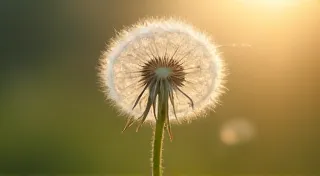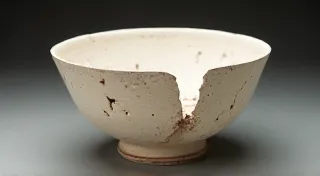The Weight of Color: How Dyes Shape Perception
Color. It’s more than just a visual experience; it’s a language, a memory trigger, a subtle influencer of our emotions. Throughout history, cultures have harnessed this power, imbuing textiles with dyes not just for aesthetic appeal, but to communicate stories, evoke feelings, and solidify traditions. And when we consider the long journey of textiles—from the painstaking extraction of natural dyes to the intricate application processes—we begin to understand the profound "weight" of color, and how it shapes our perception of the world.
My own fascination with color began not with a painter’s palette, but with a trunk full of antique textiles passed down from my grandmother. These weren't pristine, factory-fresh fabrics. They were faded, subtly changed by time and sunlight, whispering stories of a past I could only imagine. The deep indigo of a Baluch rug, the earthy ochre of a Moroccan scarf, the vibrant crimson of a Peruvian shawl - each shade seemed to carry a unique emotional resonance. I realized then that these colors weren't just *on* the fabric; they were *within* it, woven into its very soul.
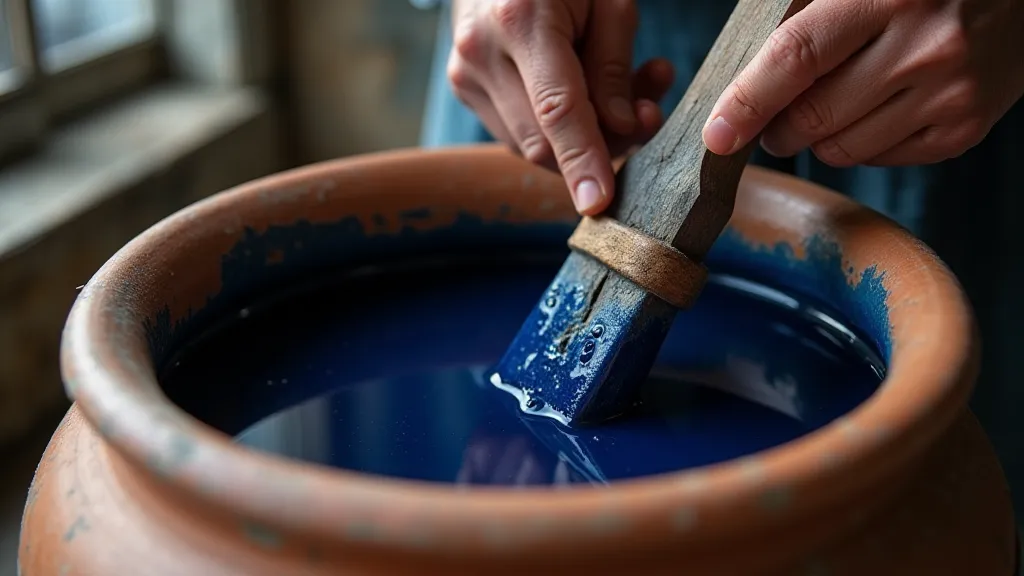
A History Steeped in Natural Pigments
Before the advent of synthetic dyes, textile dyeing was a deeply intertwined with the local environment. Communities relied on what nature provided: roots, berries, flowers, barks, and minerals. The brilliance of Tyrian purple, extracted from sea snails in ancient Phoenicia, was so prized that it became a symbol of royalty. Similarly, in Japan, indigo—derived from the *Indigofera* plant—has been cultivated for centuries, resulting in the iconic blue hues of traditional kimonos and *shibori* textiles. Across the Andes, cochineal insects, painstakingly collected from cacti, produced brilliant reds used to dye alpaca wool. Each region's palette was dictated by its geography and the ingenuity of its people.
The process wasn's merely about extracting color. It involved careful preparation of the fibers, often with mordants—natural substances like alum or tannins—that helped the dye bond to the fabric. The mordant also influenced the final color, sometimes dramatically. A single plant, depending on the mordant used, could yield a range of hues, demonstrating the complexity and artistry of the process. This level of intimate knowledge about natural materials – their properties, their limitations, their potential – is a testament to the profound connection between traditional dyeing techniques and the surrounding ecosystem.
Cultural Significance: Beyond Aesthetics
The colors used in traditional textiles weren’t chosen arbitrarily. They often held deep cultural and symbolic meaning. In many African cultures, red represents life, fertility, and sacrifice, while white signifies purity and ancestral spirits. In India, saffron holds a sacred significance, associated with fire, purity, and enlightenment, and is prominently used in traditional Hindu garments. The Navajo people of the American Southwest employed specific dyes and weaving patterns to communicate clan affiliation, social status, and narratives about their history and beliefs. The choice of color was a conscious act, a way of preserving identity and conveying meaning across generations.
Imagine the ceremonies, the communal effort involved in these dyeing processes. Often, it was a time for storytelling, for passing down knowledge, for strengthening community bonds. The creation of a single textile could represent months of labor, a collaborative effort that transcended the individual and became a shared cultural heritage.
The Shift to Synthetics and the Preservation of Tradition
The mid-19th century brought the rise of synthetic dyes, dramatically altering the landscape of textile production. While these dyes offered a wider range of colors and potentially lower costs, they also brought with them a loss of traditional knowledge and a detachment from the natural world. Many traditional dyeing techniques were abandoned, and the intricate connection between communities and their local resources began to weaken.
However, there's been a resurgence in recent years, a growing appreciation for the beauty and sustainability of natural dyes. Artisans and communities are working tirelessly to revive traditional techniques, documenting and sharing knowledge before it's lost forever. This revival isn’t just about recreating the past; it’s about embracing a more sustainable and ethical approach to textile production, one that respects both the environment and the cultural heritage of these techniques. It’s about recognizing the value of slow craftsmanship and the stories embedded within each fiber.
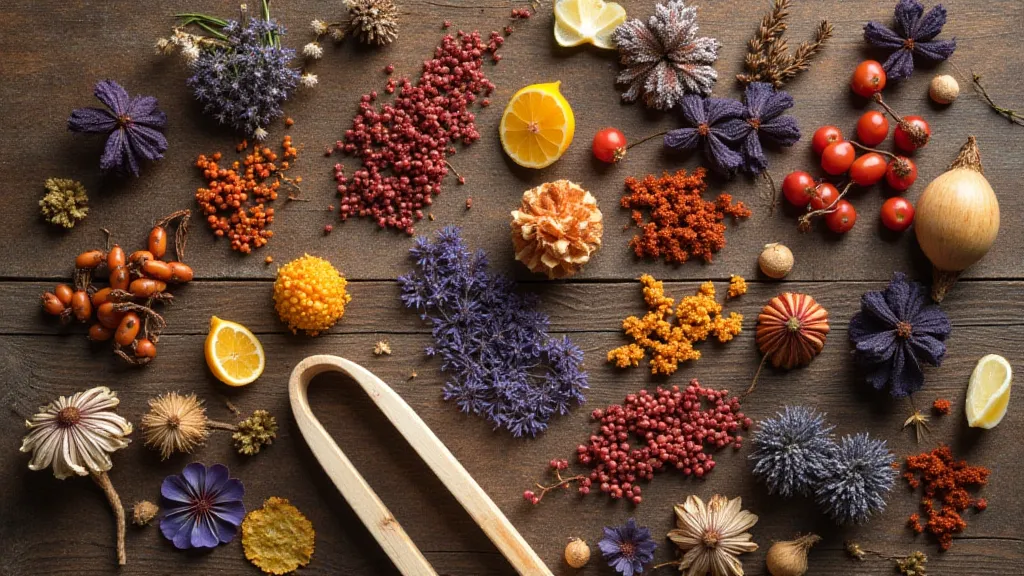
The Emotional Resonance of Faded Hues
There’s a unique beauty in faded textiles, a fragility that speaks volumes about the passage of time. The slow bleaching by sunlight, the subtle shifts in color caused by oxidation - these aren't defects; they’re evidence of a rich history. They evoke a sense of nostalgia, a connection to the people who created and used those textiles. The slightly softened edges, the muted tones – they tell a story that a brand-new, factory-produced textile simply cannot convey.
I remember handling a fragment of a 17th-century Ottoman silk scarf, its crimson hue softened to a delicate rose. It wasn’t the vibrant red of fresh dye, but something far more compelling – a testament to resilience, a whisper of history. It felt as though I were holding a fragment of the past, a tangible link to a world long gone. It underscored for me that the true value of a textile isn't just in its color, but in the story it holds.
Collecting and Restoration: A Respectful Approach
For those drawn to antique textiles, a respectful approach is paramount. Collectors should prioritize pieces with documented provenance, understanding that each textile carries a unique history. Restoration, when necessary, should be undertaken with the utmost care, minimizing intervention and preserving the integrity of the original materials and techniques. The goal isn’t to make the textile look new, but to stabilize it and prevent further deterioration, while retaining its character and authenticity.
Understanding the dyeing process – the types of dyes used, the mordants applied, the techniques employed – is essential for both collecting and restoration. This knowledge allows for a deeper appreciation of the artistry involved and guides responsible preservation efforts. It’s a continuous journey of learning and discovery, a celebration of human ingenuity and the enduring power of color.
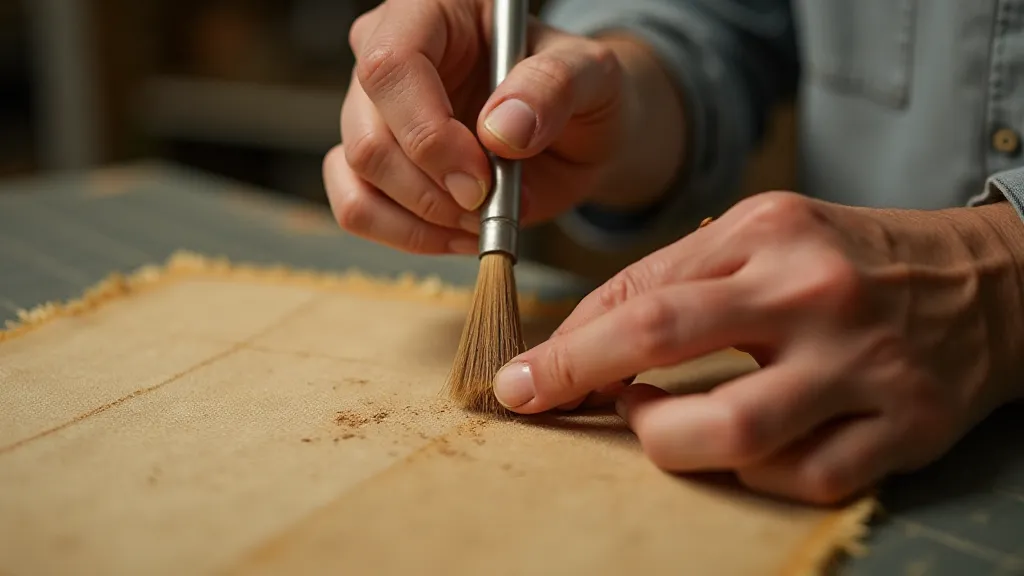
The "weight" of color in traditional textiles extends far beyond the visual. It's a weight of history, of culture, of human connection. By understanding and appreciating these intricate processes, we can not only preserve these invaluable traditions but also gain a deeper understanding of ourselves and the world around us.

